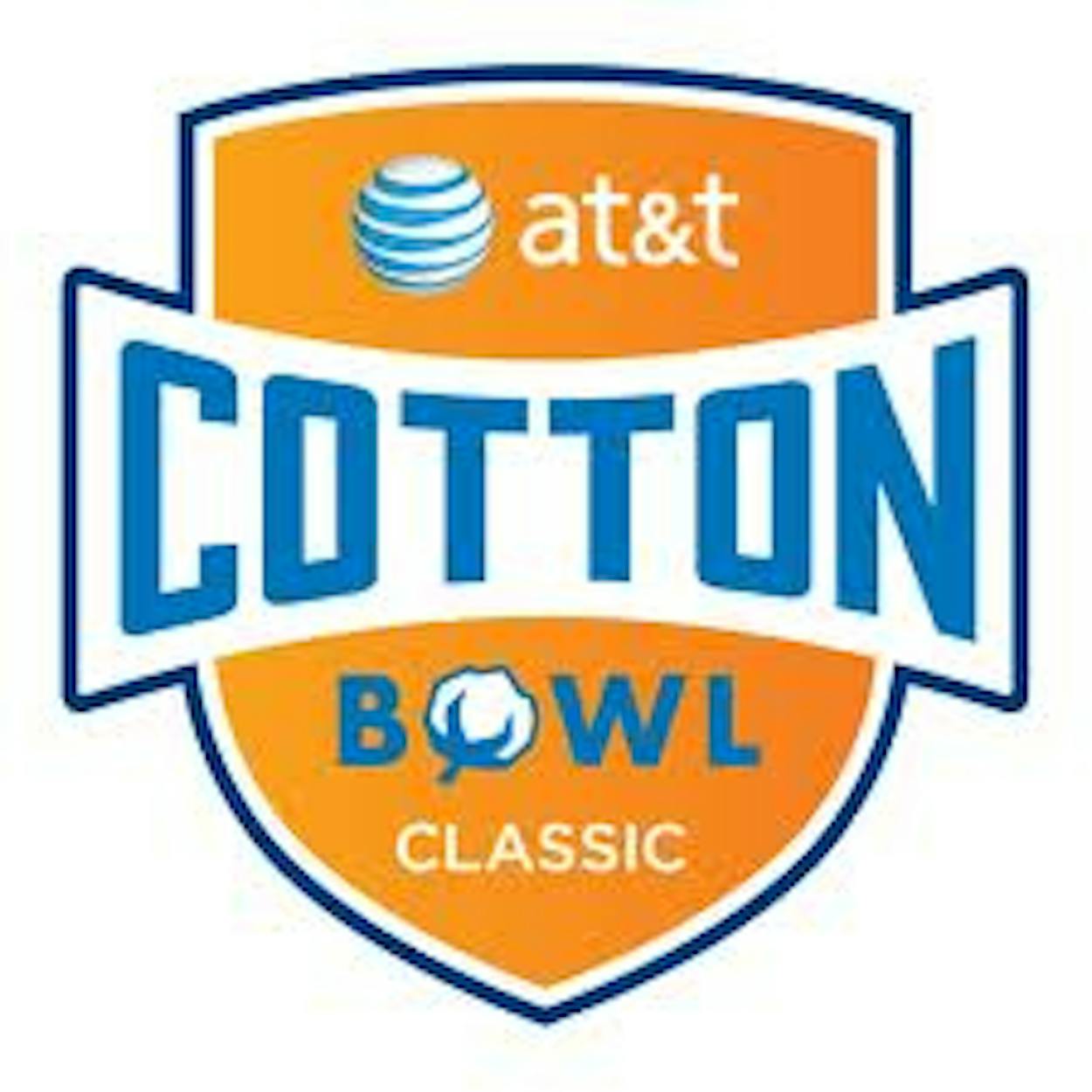Sports Illustrated college football writer Stewart Mandel’s latest mailbag highlights a less-discussed aspect of the upcoming college football playoff system, and the Cotton Bowl’s place in its hierarchy.
While the game at Jerry World will host the championship or semi-final of the College Football Playoff (its official name) two of every three years, because the Cotton isn’t anchored to a major conference like the Rose, Orange and Sugar bowls, it will feature one team from the so-called “Group of Five”–the less glamorous American Athletic (formerly Big East), Mountain West, Conference USA, Mid-American and Sun Belt conferences–every third year. (This season is the last year of the BCS, and thus also the last one in which the Cotton will match up two lesser SEC and Big 12 teams.)
“Is the Cotton Bowl a “loser” in the bowl pairings given that it is guaranteed to end up with the Group of Five automatic qualifier in years three, six, nine and 12?,” wrote, “Matt M.” of Chicago, to which Mandel replied:
The Cotton Bowl is thrilled just to return to the elite tier of bowl games after a nearly two-decade absence, so officials there probably aren’t looking to lodge any complaints. But yes, the way the rotation breaks, in year three of each cycle, the Fiesta and Chick-fil-A will host semifinals and the Rose, Sugar and Orange will have their regular matchups, leaving the Cotton as the only available landing spot for the Group of Five (American, Mountain West, C-USA, et al.) participant. Cotton Bowl organizers better hope SMU goes on a tear really soon.
Obviously, Mandel is correct. It’s more than worth the trade-off. And while the national press may sneer at the thought of teams like Cincinnati or Boise State in a big bowl (even though the other team would surely be selected from a power conference), it’s a heck of a nice carrot not just for SMU, but all eight Texas schools in “Group of Five” conferences: the Mustangs and Houston (American), UTEP, Rice, UTSA and North Texas (Conference USA) and Texas State and UT-Arlington (Sun Belt). The extent to which those schools have been affected by both realignment and the pending playoff tends to be overlooked, but there’s no reason why they can’t aspire to be another (Mountain West-era) TCU, given all the players in the state. Only one team will ever make it from the five, so it is still a longshot for most teams (especially if Boise State remains so good), but that automatic qualifying spot has to got to be the goal.
Correction: While UT-Arlington is joining the Sun Belt conference for the coming season, it is not a football member, having been without a team since 1985 (though the dream remains alive).
- More About:
- Sports







